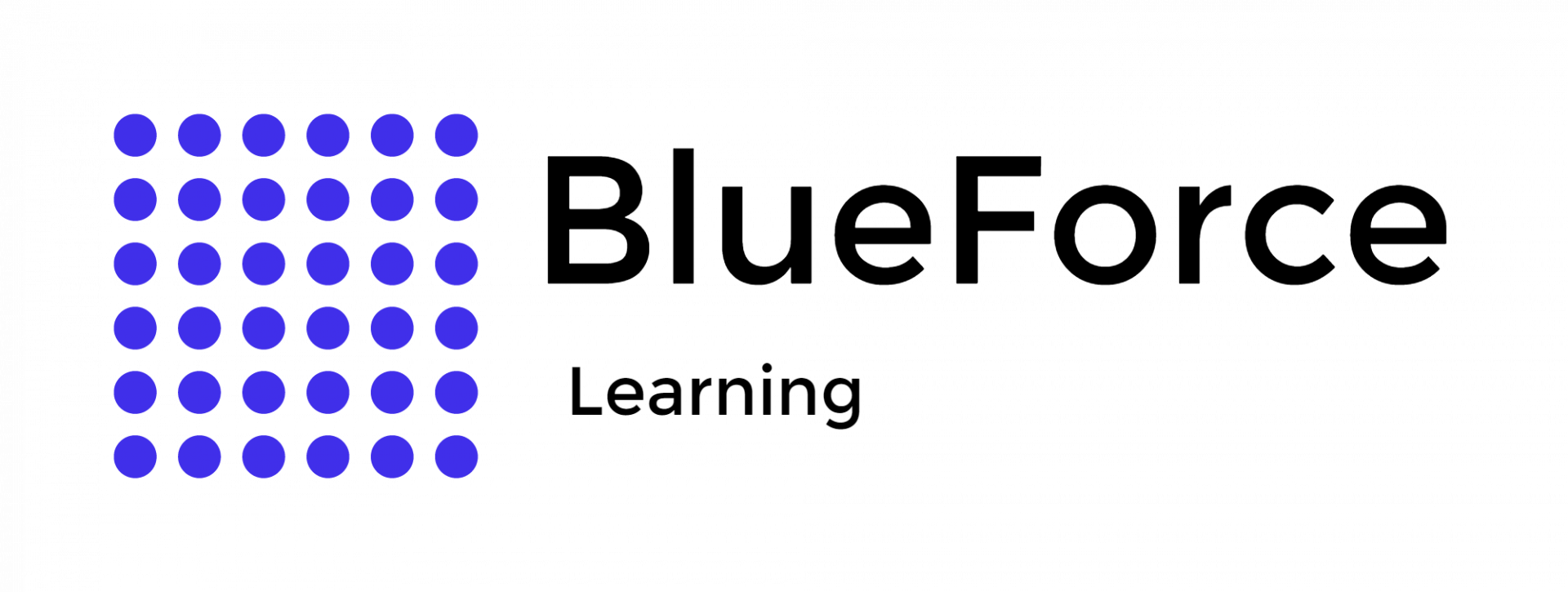The world of law enforcement is evolving with the latest technology and tools. In the ever-evolving realm of technology, the borders between the digital and real worlds are becoming blurred. This combination has presented opportunities and challenges for law enforcement, particularly in criminal investigations. One such technological tool that has garnered significant attention is geo-fence warrants.
A geofence warrant is a digital search warrant that authorizes law enforcement to obtain location data from all devices within a designated geographical area during a specific time frame. This data can reveal the whereabouts of a suspect, witness, or stolen property. This technique has proven helpful in many states and circumstances.
This warrant helps law enforcement officers to get the suspect faster than the traditional way. Here are the ways geo-fence incorporates technology and law enforcement.
Police can use location data from phones and other devices within a certain area to find people who might be involved in a crime. This can help narrow down the list of suspects and give the police more clues to follow.
The
Fourth Amendment of the United States Constitution safeguards individuals against unreasonable searches and seizures. In the context of geofence warrants, the Fourth Amendment ensures that these warrants are not overly broad or intrusive and are used to respect individual privacy rights.
Law enforcement must adhere to the following key principles to satisfy the Fourth Amendment's requirements regarding geofence warrants.
Law enforcement must adhere to the following key principles to satisfy the Fourth Amendment's requirements regarding geofence warrants.
Before obtaining a geofence warrant, law enforcement needs evidence that a serious crime was committed within the designated area. They must have concrete reasons to believe the warrant is necessary to uncover crucial evidence. Mere guesswork or hunches are not enough to justify such a warrant.
A geofence warrant must be clearly defined and focused on the specific investigation. It should explicitly state the location, period, and individuals targeted for data collection. Law enforcement cannot use this tool to gather location data from an entire city or state without a specific reason.
The extent of data collection authorized by a geofence warrant should be proportionate to the purpose of the investigation and must not invade people's privacy excessively. Law enforcement should carefully evaluate the data required to uncover relevant evidence and avoid collecting unnecessary information.
Law enforcement should take steps to minimize the impact of geofence warrants on individuals' privacy. This may involve narrowing the warrant's scope, using targeted filtering methods to identify specific devices, and limiting the duration of data collection.
A judge must thoroughly review Geofence warrants to ensure they comply with the Fourth Amendment's protections against unreasonable searches and seizures. The judge will carefully examine the warrant application to verify probable cause, specificity, and adherence to the reasonableness standard.
United States v. Chatrie is a significant case where a judge questioned the use of a geofence warrant in a bank robbery investigation.
On May 20, 2019, a bank was robbed in Midlothian, Virginia. To investigate the crime, law enforcement obtained a geofence warrant from Google. This warrant allowed them to collect location data from all cell phones within a specific area surrounding the crime scene.
Using this data, law enforcement identified a suspect and arrested him. However, the judge in the case had concerns about the geofence warrant. She believed it was too broad and violated the privacy rights of innocent people.
The judge pointed out that the warrant allowed data collection from 19 cell phones, even though only one might have belonged to the suspect. She also felt that the geofence area was too large.
The use of geofence warrants is a new and developing area of law, and the United States v. Chatrie case shows how important it is for courts to carefully consider the privacy implications of these warrants before approving them.
Blueforce Learning allows you to learn about these Google-based warrants efficiently. We will teach you how to request, get and use the warrant most efficiently. Our
law enforcement certifications and courses cover all the necessary curricula for learning the latest technology in reducing crime.
Join us and learn about the usage of technology in law enforcement now!
What does it mean by law enforcement?
Law enforcement is a section of society that enforces the law by discovering, deterring, rehabilitating, or punishing people who violate the rules and norms governing that society. It includes police officers, lawyers, courts, and corrections.
Can Technology and law enforcement work side by side?
Technology and law enforcement can work to enhance public safety and improve investigative outcomes. Technology can provide law enforcement with valuable tools to collect, analyze, and share information. In contrast, law enforcement can provide guidance and oversight to ensure technology is used responsibly and ethically.
What are examples of technology helping law enforcement?
There are many examples nowadays where technology helps law enforcement maintain peace. It includes geofence warrants, AI, biometrics, and facial recognition software.


